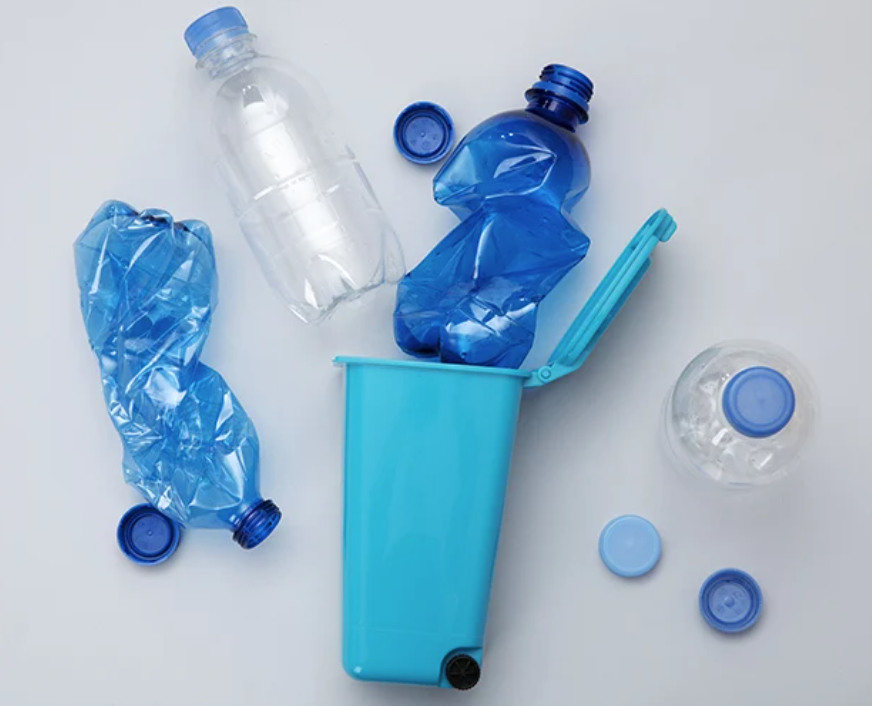
Once upon a time in the bustling world of packaging, there was a growing concern about the impact of traditional materials on our beloved planet. Enter the protagonist, Mono-Materials, here to rewrite the story of packaging and sustainability.
Our journey begins with Håkan Sabel, the wise R&D Manager at Walki, who recognized the need for change. In the heart of the food industry, where preserving the freshness of meat, sausages, and cheese was paramount, a new chapter was about to unfold.
Håkan, armed with the vision of a circular future, embarked on a quest to create fully recyclable laminates. The challenge was to design a packaging solution that not only protected the product but also reduced CO2 emissions and contributed to a more sustainable world.
In this adventure, Walki introduced recyclable, flexible basewebs for thermoforming, addressing the unique shapes and sharp edges of various food items. The goal was clear – to meet the demands of the EU's Packaging and Packaging Waste Regulation, which set the stage for all food packaging to be recyclable by 2030.
But how did Walki weave sustainability into the very fabric of their packaging solutions? Enter Jonas Skuthälla, the Head of Business Line Flexible Packaging at Walki, who shed light on the magic of mono-materials. Offering a wide portfolio of options, including flowpack, standup pouches, pillow pouches, top films, and lidding films, Walki's mono-materials presented a solution to the environmental challenges posed by traditional packaging.
The tale unfolds with the choice between PE and PP, each playing a crucial role in this sustainable narrative. PE, the steadfast companion, proved versatile and compatible with most recycling facilities. Meanwhile, PP, with its resilience to higher temperatures, emerged as the hero for applications like stand-up pouches.
The beauty of mono-materials lies in their recyclability. By opting for monomaterial PE or PP, Walki ensured that their food packaging was not just environmentally friendly but fully recyclable within the plastics stream. The films, available for flexo and digital printing or as transparent canvases, embraced flexibility in every sense.
As the story continues, customers in the food industry eagerly embraced the shift towards recyclable solutions. Despite the final details of the Packaging and Packaging Waste Regulation being yet to unfold, there was a palpable excitement among these customers as they prepared for a circular future.
And so, the tale of mono-materials in packaging became a beacon of hope, proving that with innovation and commitment, even the packaging industry could contribute to a happier ending for our planet. The journey towards sustainability had just begun, with mono-materials leading the way in this eco-friendly adventure.







